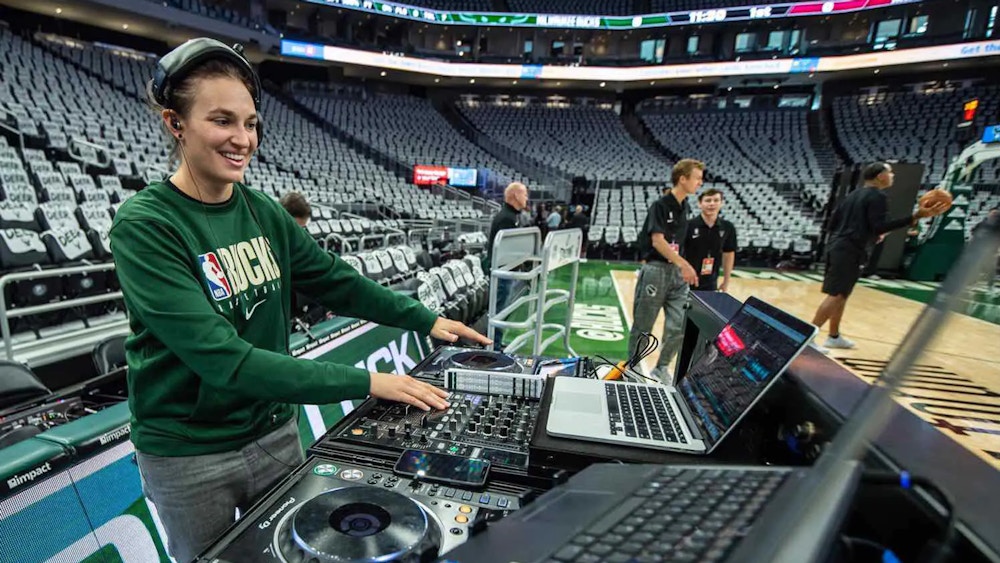
I pull into South Shore Park right around 10 AM on an extremely cold Sunday morning next to a relatively non-descript white van in a barren parking lot. Two squad cars behind me are part of the scant evidence of humanity in this below zero polar vortex laden landscape. A lone wanderer walks the shoreline, dressed in so many layers he looks like a cocoon with legs.
I get out of my car and get into the white van. Stacks of paper separate the passenger seat from the driver’s seat, and high-powered binoculars are tucked into what would be the ashtray. You can almost see and feel every mile this van has experienced. In the driver’s seat is WMSE’s Station Manager Tom Crawford, dressed in a heavy parka. On this frigid morning, Crawford’s trademark warmth is immediately apparent when I open the passenger side door.
I say to Tom,

“Are you having second thoughts?”
“No,” he answers enthusiastically. “I’m not getting out. Get in.”
The weather conditions are about as less than perfect as they can be. But we’re going bird watching.
Tom is a large presence, in body and soul. He’s a great teller of stories, and a walking encyclopedia of music. When he goes in on something, he goes all in and there’s no turning back. He got the bird watching bug as a kid, and nearly every night on his way home from the station he seeks a glance of an elusive bird, like it’s a rare cut from a rare album by a rare band. Today, we’re seeking a glimpse of the statuesque snowy owl. As we sit in the van parked overlooking Lake Michigan, iced and snowed over, I wondered out loud to Tom, “How in the hell are we going to see a snowy owl in a sea of white?”
Tom doesn’t hesitate. “When you’re looking out on the ice – look for something not quite the color of the ice,” he says. “I saw a snowy owl yesterday. I think it’s a little more obvious than people think it would be, they have different coloring – creatures on the ice cast a shadow.”
Tom pauses for a second. “The other thing that you look for – there will be a spot where there will be wings and blood.”
I have never bird watched, and am excited about the prospect of seeing a bird of that stature. But my ignorance about birds is obvious.
“How do birds stay warm out there?” I ask.
Tom looks at me. “Have you ever heard of a down coat?”

The first airdate for WMSE was March 17, 1981. The number on the dial, 91.7, is about as much of the fabric of Milwaukee as the light at the top of the Wisconsin Gas Building and Miller Beer.
As I’m sitting next to Tom in his van, toes growing colder, I start to think that in many ways Tom’s journey to this point has been one long search for the elusive. Finding a bird such as a Snowy Owl or a Peregrine Falcon is one thing, but keeping WMSE a vibrant, living breathing local treasure for all these years has been damn near heroic. It’s a miracle the station has been so successful for so long. But when you’re witness to someone so dedicated to seeing a beautiful rare bird you can’t help but think that dedication like this can never be underestimated. And it’s part of every fabric of Tom’s being.
About a month or so before our bird watching venture I was sitting in Tom’s office at WMSE, and I found Tom to be slightly reticent to talk to me about his life and career in college radio.
“I’m uncomfortable talking about myself. Part of me is wildly flattered … but it’s really hard – I just get up every day and do what I do and if someone wants to talk to me about it that’s great. It takes a lot of people to pull this off and it takes people to keep it together – to stay doing it … I always think more about everyone else and less about me.”
Tom’s humility soon gave way to story after story, and the more we talked it became clear that Tom might be the hardest working person I have ever come to know. If you look up committed in the dictionary, you might find his picture there. I was fully expecting tales of a punk rock past, playing in bands and building his incredibly deep love of music (and that is certainly part of it). But his bridge to WMSE was like most bridges – built over water.
“I was a longshoreman,” he told me, surprisingly. Before his life at WMSE, he worked for a salt company, bagging salt (commonly used for icy roads). It turns out that below Detroit and Cleveland there are immense salt deposits (two of the largest salt deposits in the world,” Tom said), and ships would come in from those ports to Milwaukee to unload. Tom was one of the guys on the shore, shoveling down the immense piles and doing the bagging.
“[There were] 25, 40, and 80 lb. bags and I put them on pallets – I’d handle anywhere between 4000-5000 bags a day,” he told me. “I can look at salt and tell you which mine it is from, whether it’s from the salt flats or from the Netherlands Antilles – or salt mined and transported to Milwaukee via the Great Lakes.”
Okay – music, birds, salt – I feel like the more I hang with Tom, the less I may have to use Google.
During those longshoreman days he moonlighted at the station as a volunteer. But on one evening after work fate would push him towards his ultimate destiny – to be the face of WMSE. His wife (he has since divorced) was graduating from Alverno College and after his shift he needed to make it to the commencement party. In a hurry during a snowy winter he quickly made his way towards his car. “I caught the edge of a paver and flipped over, my foot was turned around underneath me,” he remembers. It was the beginning of multiple surgeries, and he ended up getting full ankle reconstruction – his right ankle is completely fused. “End of salt career,” Tom said, who ultimately went through the process of getting workman’s comp and losing everything.
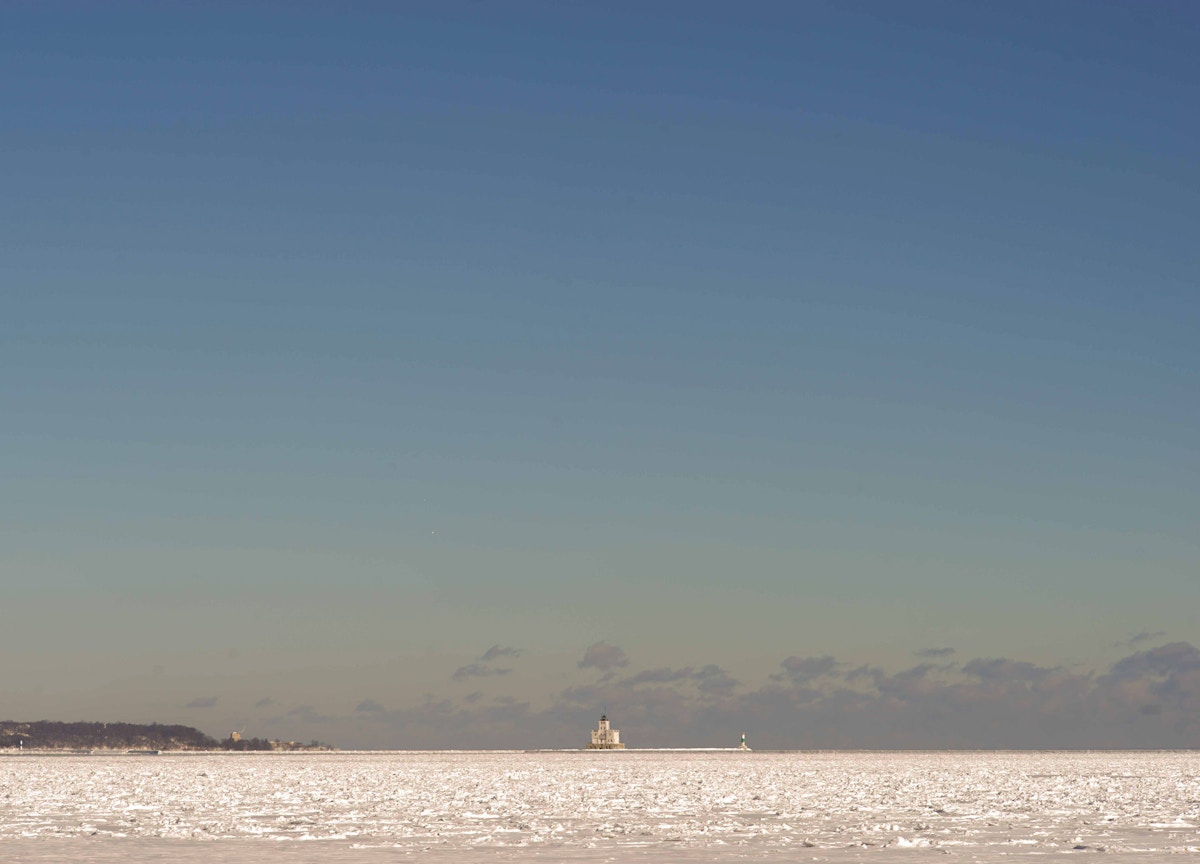
“I was sleeping in my car, living with my parents, and occasionally being spied on [by insurance agents] while walking with a cane.”
Now, with ankle fused and hope diminished, WMSE became something bigger in Tom’s life. It was an oasis – then it became a passion – and then it became his life. “To not lose my mind or hurt someone from the insurance company I poured myself into this,” he said. A committed Tom Crawford is a formidable force, and when he made WMSE his mission, there was no way it was going to fail.
Tom’s first order of business was to put on a couple of benefit concerts to raise money to replace some of the outdated and non-functional equipment at the station. “A couple of turntables went, cassette players busted, the main amp in the preview room was blown, and the school wouldn’t give the manager any money,” he remembered. He raised $12,000 and gained the favor of then manager Bob Betts, who Tom remembers fondly. “He was just a crabby old dude who came from the school of Edward R. Murrow – he typed everything out, smoked cigarettes, glasses below the eyes – the guy to me was a legend, and if he asked me to do something, I did it. He called me Tommy.”
One hurdle crossed, Tom was beginning to establish his presence at the station. The next hurdle was to raise the wattage of the station to extend its reach. “In late 1992 we tried to convince them to raise the wattage and to do more stuff,” he said, and by January the powers that be started to recognize Tom’s uncanny knack for being able to raise money.
It just seems like a monumentally daunting task to me, but for Tom the prospect of raising money is all in an admittedly tough day’s work. (And it probably beats being a longshoreman). The secret is his passion. “I believe wholly and fully in what the station is doing and I believe in its potential in the market. I believe we are doing something outside what other public radio stations are doing. There was WYMS which was solidly jazz – we were the umbilical to the local music community.”
According to longtime DJ Pat Buckley, Tom’s belief in the station pushed him to extreme measures to get funding. Pat told me, “The station was a salvation to him – he would cash in [aluminum] cans to get money when the station wasn’t getting funding.”
To get the wattage raised it turned out they needed another $20,000. Tom was made promotions director in February 1993 and his goal was to raise the money. He doubled it in less than 4 months, raising $40,000.
Two years later, in 1995, Bob Betts retired and Tom took over the station for good.
Looking back, it’s difficult not get philosophical. The station has immense meaning to Tom, his team and the community. “There is no program director here in the traditional sense – there never has been because … freedom. We’re not that kind of radio station – things I do as a manager is to make sure there is some semblance of order, but there is also part of it that is very unstructured – there is no record label, promoter or band that we are beholden to enough to guarantee a certain amount of spins,” he told me. Tom believes one spin on WMSE is worth more because of the way that it is presented – purely, without pretense or obligation. And there is an accountability to the on-air personalities that is baked into the structured lack of structure.
“There is a certain level of responsibility that the host has – there is a privilege – you have to bring your ‘A’ game as a program host.”
Tom also has a firm belief in the station’s connection to Milwaukee School of Engineering and how education combined with the power of music can be a transformative force. To say Tom is passionate about it is an understatement.
“This station is incredibly important – the camaraderie – the common thread that you may have with an individual regarding some piece of music – a not popular not famous piece of music that you can share with someone, when you bond on that – that’s why everyone comes here and does what they do and it’s that individual behind the music desk that has that knowledge – it has an educative quality to it. Public radio and community radio doesn’t necessarily get the education word. It’s educational in the sense that it’s information that is worthy of value that is imbued upon the listener– what we play has forethought and an intensity – not with an arrogance – someone telling you about something that is amazing that could change your world – change your life.”
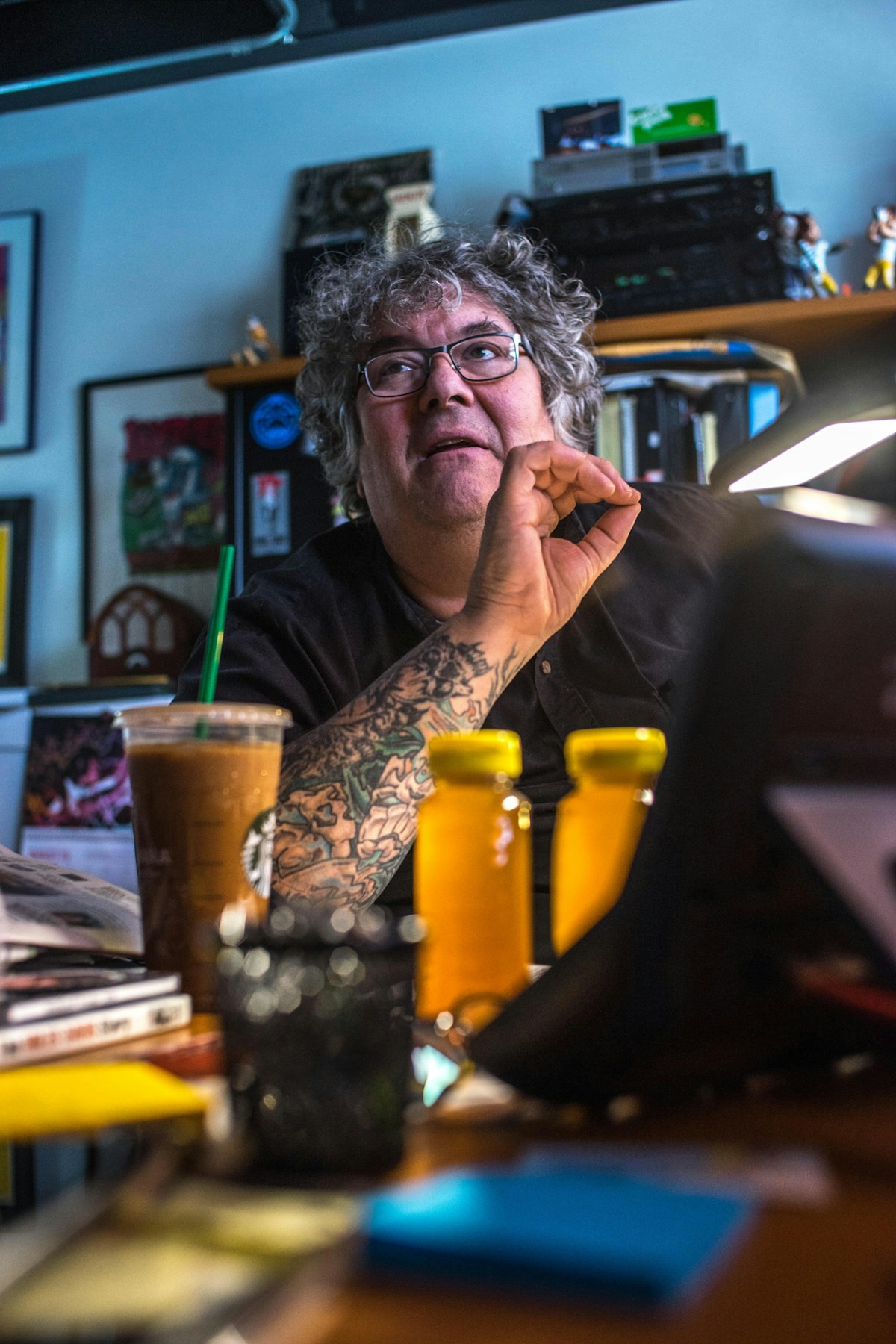
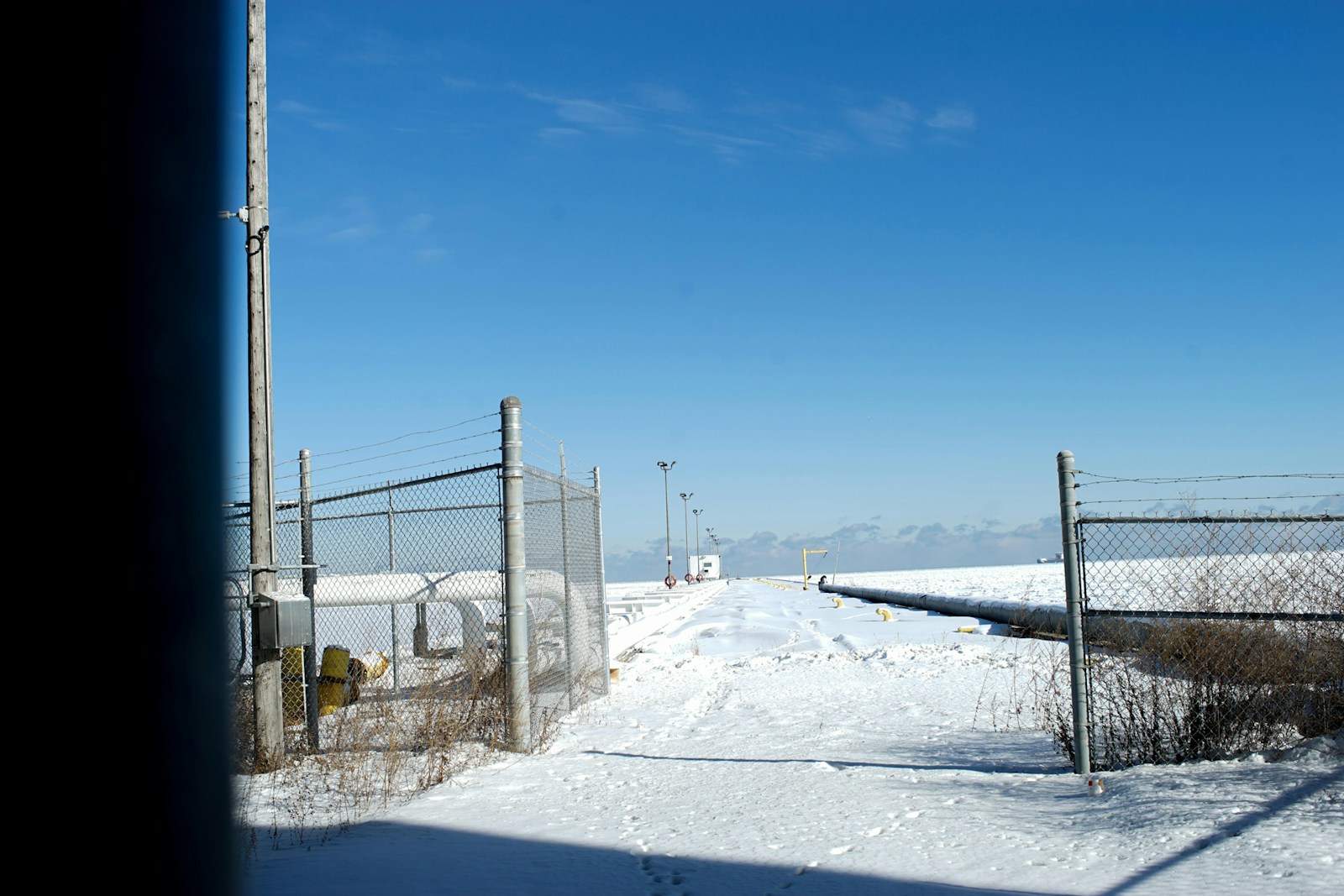
I’m back in the van, and we haven’t seen one snowy owl yet. Tom is telling me that he was just here and got a glimpse of one. “I was down here last night, it‘s super dark, around quarter to 5 and it’s snowing out and I look and oh boy, I see a tail… “
Snowy Owl or not, I can’t help but think that the feeling of discovering new music and sharing it with people is in perfect synthesis with bird watching. Tom’s earliest aspirations, before he even knew of WMSE, were tied to the outdoors. “I wanted to be a naturalist or a park ranger,” Tom says, thinking back to his pre-teen years, when he probably was known to imbibe a little too much. “I’m a retired ex-professional,” he told me. “From age 14-22 I was no one to really know.” Tom has been sober for 19 years.
“Other bird watchers see me and they say, ‘That’s van guy.’ If you see a guy with a fur hat you don’t want to talk to him. I call them “The Patagonians” or “The Patagonia People.” They’re either bird watching – or it’s a drug deal. You never know.”
As bird watchers go, Tom may be the most punk rock of them all.
No, we didn’t see a snowy owl that morning. But In the few hours I spent riding around with Tom, I realized that the rare breed was the man sitting right next to me. His search for the rare bird, or the rare cut, or ways to make WMSE a great radio station never ends. For Tom, it’s life.
“This is my Sunday morning. I just get up and do what I do.”
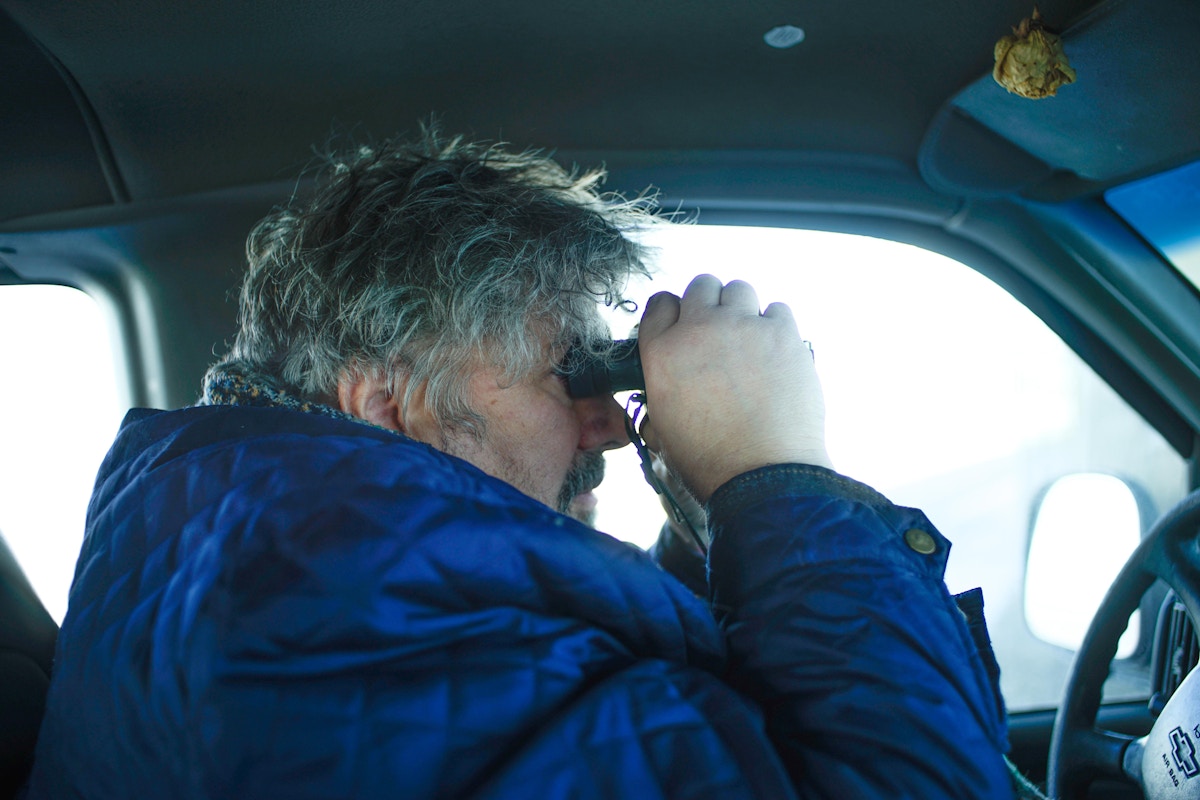
- Photos by Nicholas Pipitone


